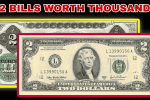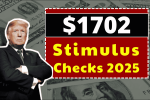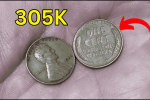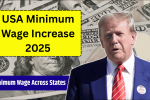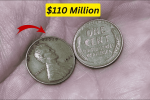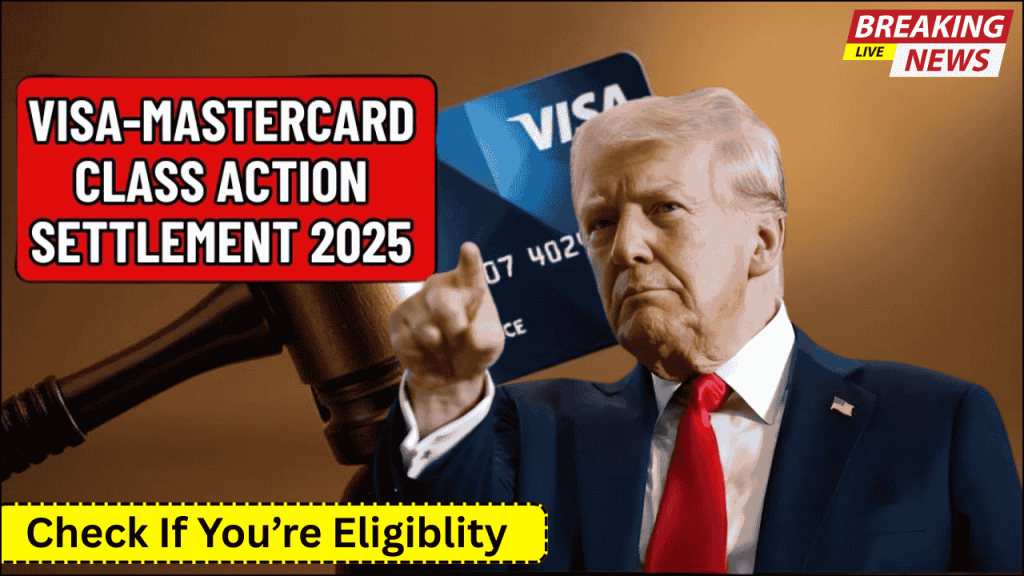
In a landmark resolution to a long-running class action lawsuit, Visa and Mastercard have agreed to pay $200 million to settle allegations of conspiring with major U.S. banks to impose excessive ATM withdrawal fees. The settlement, finalized in April 2025, covers transactions spanning nearly 17 years—from October 1, 2007, through July 26, 2024. Eligible consumers could receive compensation of up to $2,000 each, depending on their transaction history and documentation.
Background: Understanding the Antitrust Allegations
The lawsuit alleged that Visa and Mastercard, in collaboration with major financial institutions including JPMorgan Chase, Bank of America, and Wells Fargo, enforced anti-competitive ATM surcharge policies that violated federal antitrust laws. According to court documents, these companies restricted independent ATM operators from offering lower fees for non-Visa and non-Mastercard transactions, effectively eliminating price competition and forcing consumers to pay artificially inflated fees for cash withdrawals.
This practice allegedly violated the Sherman Antitrust Act, which prohibits “every contract, combination, or conspiracy in restraint of trade” and any “monopolization, attempted monopolization, or conspiracy or combination to monopolize.” The Federal Trade Commission (FTC) and the Department of Justice (DOJ) are the primary federal agencies responsible for enforcing these laws.
Settlement Details and Breakdown
The $200 million settlement represents one of the largest resolutions for ATM fee-related claims in U.S. history. Here’s how the financial settlement breaks down:
| Party | Contribution | Percentage of Total |
|---|---|---|
| Visa | $104.6 million | 52.3% |
| Mastercard | $92.8 million | 46.4% |
| Administrative and Legal Expenses | $2.6 million | 1.3% |
| Total Settlement Fund | $200 million | 100% |
The settlement has received preliminary approval from the federal court overseeing the case, with final approval expected by summer 2025. The Consumer Financial Protection Bureau (CFPB), while not directly involved in the litigation, has praised the settlement as a victory for consumer rights in the financial services industry.
Who Is Eligible for Compensation?
Not everyone who used an ATM during the covered period will qualify for a refund. Eligibility is determined by specific criteria:
| Eligibility Criteria | Details |
|---|---|
| Time Period | ATM transactions between October 1, 2007, and July 26, 2024 |
| Card Type | Visa or Mastercard debit or credit cards |
| Fee Type | Non-refundable ATM surcharges |
| Banks Involved | Primarily transactions involving JPMorgan Chase, Bank of America, Wells Fargo, and affiliated ATM networks |
| Documentation | Proof of surcharge fees (bank statements, electronic records) |
According to settlement administrators, the number of potential claimants could exceed 40 million consumers nationwide. However, the actual number of claims is expected to be significantly lower due to documentation requirements and consumer awareness.
Potential Refund Amounts
While the settlement agreement mentions potential refunds of up to $2,000 per eligible claimant, the actual amount each person receives will depend on several factors:
| Factor | Impact on Refund Amount |
|---|---|
| Number of Eligible Transactions | More surcharged ATM withdrawals = higher potential refund |
| Total Claims Submitted | Higher claim volume = potentially lower individual payouts |
| Quality of Documentation | Better documentation = higher likelihood of maximum eligible refund |
| Consistency of Usage | Regular ATM users with consistent history may receive higher amounts |
Settlement administrators have indicated that the average payout is expected to be between $25 and $500 per claimant, though heavy ATM users with excellent documentation could receive the maximum amount.
How to File a Claim
The claims process involves several steps designed to verify eligibility and process payments efficiently:
Step 1: Verify Your Eligibility
Before beginning the claims process, confirm you meet the basic eligibility criteria outlined above.
Step 2: Gather Documentation
Collect any evidence of ATM surcharges paid during the covered period:
- Bank statements
- ATM receipts
- Digital banking records
- Account histories
Step 3: Access the Claims Portal
Visit the official ATM Surcharge Settlement website (to be established by the settlement administrators).
Step 4: Complete the Claim Form
Fill out the online claim form or request a physical form by mail. You’ll need to provide:
- Personal information
- Banking details
- Transaction history
- Documentation uploads
Step 5: Submit Before the Deadline
The final deadline for claim submission will be announced on the settlement website, but is expected to be approximately 90 days after final court approval.
For assistance with the claims process, consumers can contact their state consumer protection agency through the USA.gov Consumer Protection Directory.
Timeline for Settlement Distribution
| Event | Expected Date |
|---|---|
| Settlement Announcement | April 2025 |
| Claims Website Launch | May 2025 |
| Claim Submission Deadline | Approximately September 2025 |
| Processing Period | October-December 2025 |
| Payment Distribution Begins | Early 2026 |
The court has appointed a third-party administrator to manage the claims process and ensure fair distribution of the settlement funds. Updates on the timeline will be posted on the official settlement website as they become available.
Broader Implications for Consumers and the Banking Industry
This settlement has significance beyond the immediate financial compensation for affected consumers:
Enhanced Transparency Requirements
As part of the settlement, Visa and Mastercard have agreed to implement clearer disclosure requirements for ATM fees, making costs more transparent to consumers before they complete transactions. The Federal Reserve, which oversees aspects of the payment card industry, has indicated these changes align with their ongoing efforts to improve financial transparency.
Industry Practice Reforms
The card networks have committed to relaxing certain rules that prevented ATM operators from offering differentiated pricing based on the cost of different payment networks, potentially leading to more competitive ATM fees in the future.
Precedent for Future Cases
The successful resolution of this case may encourage similar class actions targeting hidden or excessive fees in other areas of consumer finance. The Federal Deposit Insurance Corporation (FDIC) provides resources for consumers concerned about banking practices.
What Consumers Should Do Now
If you believe you’re eligible for compensation under this settlement, here are the recommended next steps:
- Review your banking history to identify Visa or Mastercard ATM transactions with surcharges during the covered period.
- Gather documentation such as bank statements showing ATM withdrawal fees, particularly from ATMs operated by major banks.
- Monitor for the official claims website launch in May 2025. Be wary of unofficial websites or communication claiming to represent the settlement.
- Set calendar reminders for the claims deadline to ensure you don’t miss the opportunity to file.
- Consider signing up for updates from consumer advocacy organizations like the National Consumer Law Center that track major settlements.
Protecting Yourself from Settlement Scams
Whenever large settlements are announced, scammers often attempt to take advantage of consumers seeking compensation. The Federal Communications Commission (FCC) and Federal Trade Commission offer these tips to avoid settlement-related scams:
- Only use the official settlement website provided in court-approved notices
- Never pay upfront fees to file a claim or access settlement benefits
- Be suspicious of emails or calls requesting personal financial information
- Verify any settlement communication through official channels
- Report suspected scams to the FTC at ReportFraud.ftc.gov
Conclusion
The $200 million Visa-Mastercard ATM fee settlement represents a significant victory for consumers and highlights the importance of antitrust enforcement in the financial services industry. While the claims process is still being finalized, eligible consumers should begin preparing documentation now to maximize their potential refunds.
This case serves as a reminder of the importance of monitoring financial statements for unexpected fees and the power of collective legal action to address systemic issues in consumer finance. As the settlement progresses, additional information will become available through official channels and consumer advocacy groups.
Frequently Asked Questions
Do I need to hire a lawyer to submit a claim for the Visa-Mastercard settlement? No, the claims process is designed to be navigated without legal representation.
Will accepting a settlement payment prevent me from taking other legal action? Yes, accepting payment waives your right to pursue separate legal claims related to these ATM fees.
How will I receive my payment if my claim is approved? Settlement payments will be distributed via check, direct deposit, or digital payment methods, depending on your selection during the claims process.

Isabell Johnson is a passionate writer known for captivating stories that blend imagination and reality. Inspired by travel, history, and everyday moments, She crafts narratives that resonate deeply with readers.
